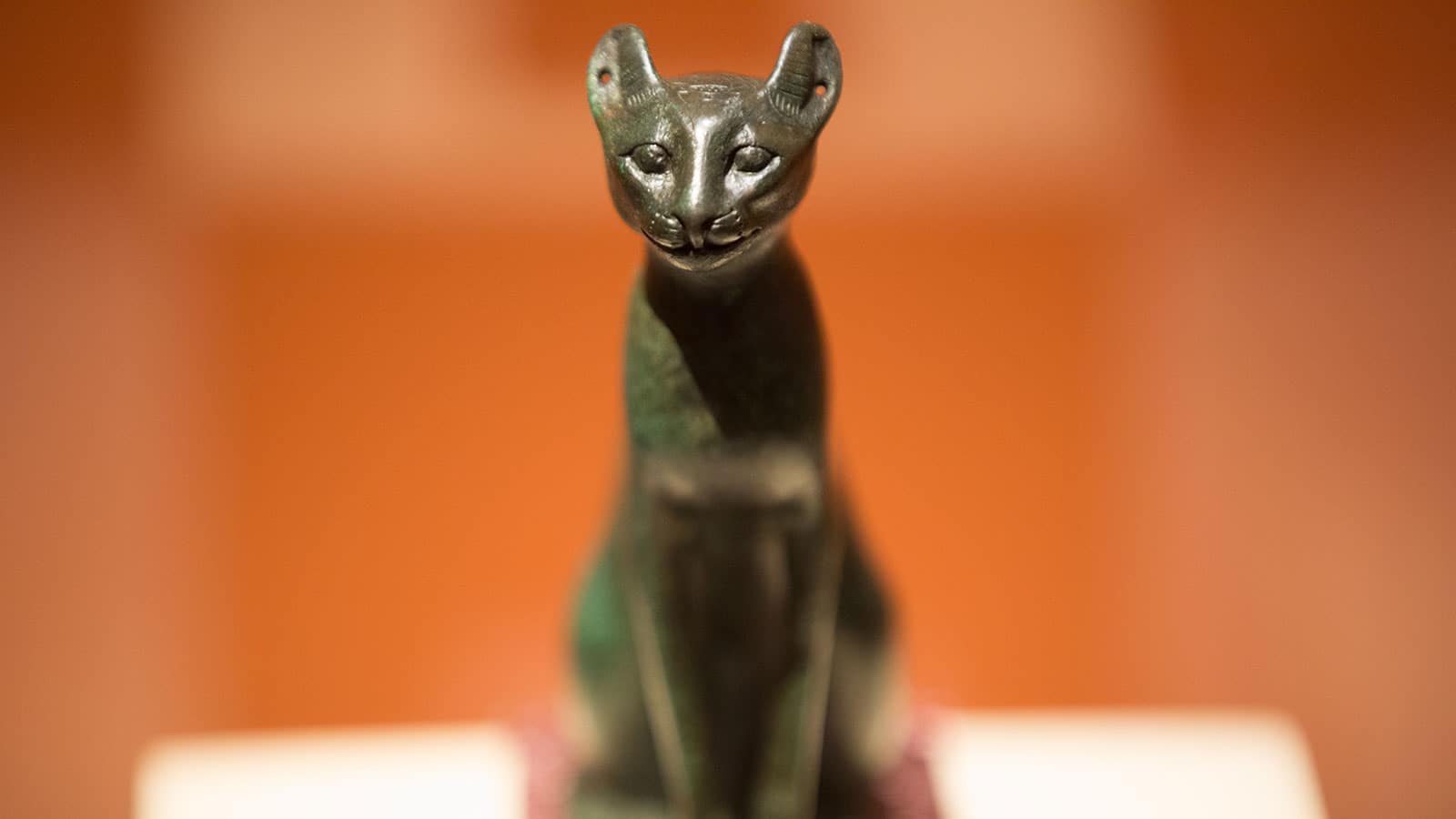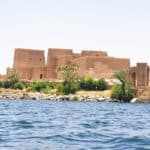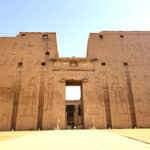Southeast of the Egyptian city of Zagazig lie the ruins of the city sacred to the cat goddess Bastet. Nevertheless
revered for thousands of years in ancient Egypt. Although its popularity peaked during the 22nd Dynasty. As well as the pharaohs built him a magnificent temple for the Cat ofEgypt in the town called Per-Bast.
This city is referenced in the Bible, sometimes by its Hebrew name of Pi-beseth. In chapter 30 of Ezekiel. It is mentioned, along with Heliopolis, as a pagan sanctuary which will be destroyed by the wrath of God. But she is better known today by her Greek name, Bubastis.
The city has declined and fallen into ruin over the millennia. Moreover, this mysterious city captured the imagination of 19th century European scholars who traveled the Nile Delta in search of it. However, guided by intriguing clues taken from classic stories. Although they wanted to find the city of Bastet, unearth its glorious temple. And also better understand how the goddess of cats played such an important role. Throughout the long history of ancient Egypt.
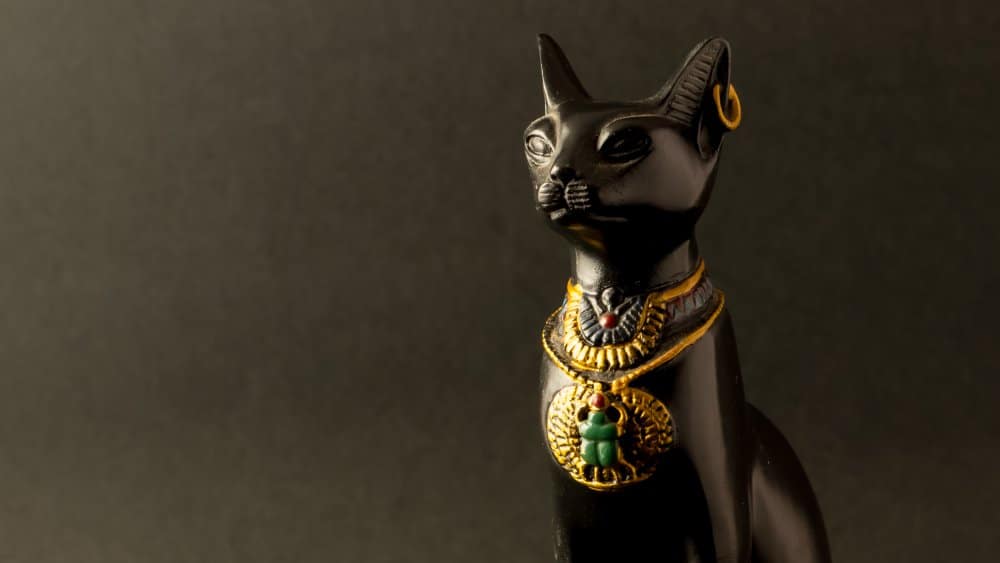
The Egyptians and the cult of the Egyptian cat.
In fact, the ancient Egyptians' level of devotion to their cats went far beyond the warm affection of a pet owner. Over the millennia, cats in Egypt evolved from useful predators in villages. Especially to physical incarnations of gods and symbols of divine protection.
“The Egyptians looked at the cat the same way they looked at everything. As a means of explaining and personifying the universe”.
Although the Egyptians did not worship cats. But they believed that cats contained divine energy within them. As well as the widespread belief that domestic cats carried within them the divine essence of Bastet (or Bast). The cat-headed goddess who represented fertility. Also domesticity, music, dancing and fun.
For this reason, cats had to be protected and revered. At the height of the popularity of the cult of Bastet, which took hold in the second century BC. Moreover, the penalty for killing a cat, even by accident, was death. And amulets representing cats worn by men and women to protect the hearth. Also to bring luck during childbirth. Jewelry in the shape of cats and kittens are popular New Year's gifts.
Most notable to modern archaeologists is the number of mummified cats that have been found in burial sites across Egypt, including hundreds of thousands piled up in the catacombs of Saqqara and Tell-Basta, the main places of worship of the goddess Bastet. At the Temple of Bastet at Tell-Basta, it is believed that the priests maintained large "catteries" which fueled a flourishing trade in cat mummies.
Mummified cats sold to pilgrims going to the temple of the goddess Bastet. And gave back to the goddess some of her energy.
So many cat mummies have survived the centuries. Because their destruction would have been forbidden in ancient Egypt. Because they carried the essence of Bastet. So they ended up being hidden in burial chambers. In December 2020 an excavation in the Saqqara pyramid complex. Has unearthed dozens of cat mummies, some of which are buried in limestone.
Cats buried in coffins, reserved for pets. who died of natural causes. Other cats have no doubt been killed and mummified to accompany their owners to the afterlife. And even more, cats have been sacrificed and mummified for temple rituals.
Cats appear frequently in ancient Egyptian wall paintings and artifacts. But most of the information we have about the reverence of cats by the Egyptians.
Cats were very important to the ancient Egyptians. Considered demigods. Not only did they protect crops and slow the spread of disease by killing rodents. But they were also thought to be the physical form of the goddess Bastet.
Bastet the goddess of protection, pleasure and health. With the head of a cat and a slender female body.
Bastet the daughter of Ra, the sister of Sekhmet, the wife of Ptah. Since the Second Dynasty, Bastet worshiped as a deity, most commonly in Lower Egypt. His form and powers have changed over the years.
It was believed that each day she would ride in the sky with her father, the sun god Ra. When her boat pulled the sun across the sky, she watched over it and protected it. At night, she transformed into a cat to protect Ra from her greatest enemy, the snake Apep.
Due to its duties of protection. Nicknamed the Lady of the East, the goddess of the rising sun, and the sacred and seeing eye. She is also known as the Moon Goddess. Moreover, it was thought to be the eye of the moon and the eye of Ra. Bastet is still revered today and some believe her protection is provided by modern cats.
divine felines
We find traces of the cult of Bastet from the 2nd dynasty (3rd millennium BC). Representations of the cat-headed deity became common in the Old Kingdom (c. 2575-2150 BC). Considered a formidable protector of the pharaoh and later of the dead.
Feline associations changed when cats (known as miu or she, who meows). Domesticated in Egypt. Bastet has become more closely tied to nurturing and protective aspects. While the mighty lion-headed goddess of war, Sekhmet. Takes on the characteristics of ferocity and revenge. From the second millennium BC, Bastet's appearance becomes less leonine. Moreover, she is constantly depicted as a domestic cat with a woman's body.
Finding Bubastis
One of the most important sources on the city is found in the works of Herodotus. While traveling Egypt in the fifth century BC, the Greek historian provided a vivid description of Bubastis. As well as the temple of Bastet, and the fervor of his worship. “In this city there is a temple worth mentioning. Because although there are other larger and more expensive temples to build. Anything more than that is a feast for the eyes. »
He described the beauty of the city and the noisy revelers who travel by boat to Bubastis. “Where they throw a party to celebrate the sacrifices. And where more wine is consumed than during the rest of the year”. After the Muslim conquest in the 7th century, Bubastis abandoned itself. And the memory of its location has been lost for centuries.
According to Herodotus, Egyptian families shaved their eyebrows. If their pet cat died of natural causes and shaved all body hair if their dog died.
What if an Egyptian house caught fire. Herodotus reports, the men were not trying to fight the fire. But focused all their attention on saving the cats. And to prevent them from jumping into the fire.
French connection
In the 18th century, European scholars began to research the places mentioned in ancient texts. For the French scholars who accompanied Napoleon on his expedition to Egypt in 1798. Herodotus' account served as inspiration to locate him. One of them, Étienne-Louis Malus, spotted elements mentioned by Herodotus in the Nile delta. Although he found ruins nearby which he declared to be Bubastis. Located northeast of Cairo. This site, known as Tell Basta, has become the accepted location where the city of Bastet once stood.
Interest in the site grew over time. That Egyptology developed in the 19th century. During a visit in 1843, English archaeologist John Gardner Wilkinson complained that Bubastis is damaged. And that the ruins of the temple built for the cat god of Egypt are exploited for the construction of houses. Finally, an excavation undertaken by the Swiss Egyptologist Édouard-Henri Naville in 1887. Centered on the study of the temple of Bastet.
In London, the press followed with interest the latest discoveries in Egypt. Then in 1887, the St James's Gazette reported a lecture on Bubastis and the Egyptian Cat. He found the temple, long considered hopelessly lost. Had given very interesting inscriptions. …and believed that very valuable discoveries would be made there.”
His study, as well as other later studies. Revealed the sanctuary (which incorporated older structures). Started by Pharaoh Osorkon II in the 9th century BC. His dynasty ruled from nearby Tanis. Thus increasing the importance of Bubastis in the region. And adding even more sparkle to the cult of Bastet.
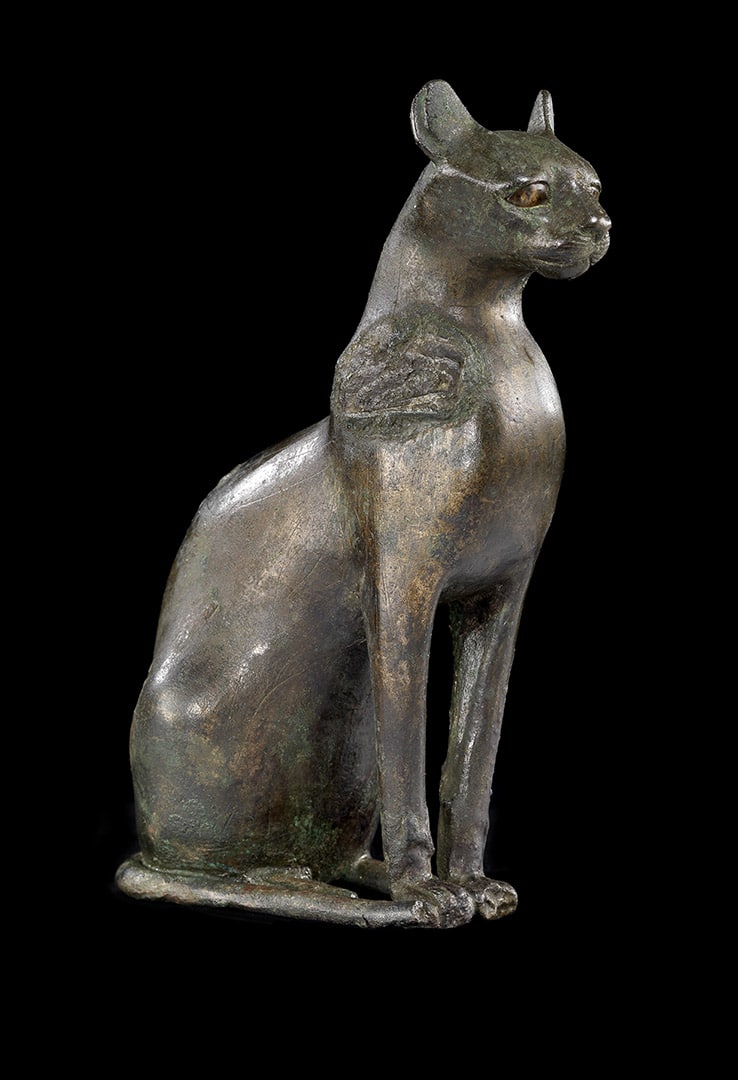
The Treasure of Bubastis
In the fall of 1906, an amazing find was made near the excavation site. A railway was under construction near Tell Basta. Although the workers found buried treasure near the remains of the temple.
The inscriptions on many objects date from the 19th New Dynasty. So before the reign of Osorkon II and his restoration of the temple of Bastet. It is unclear why the treasure was buried. Some specialists believe he may have been buried for safety. Either by looters who never came back for him, or by priests to protect him.
In fact the treasures are of great value at the time. In addition, a gold cup carved to resemble lotus petals bears the name of Queen Tawosret. Queen of Egypt during the Trojan War. Scholars believe the Queen Alcandra mentioned in Homer's Odyssey was Tawosret.
Then the workers found another cache later which contains more treasures for the cat god of Egypt. Including gold armbands bearing the name of Ramses II. While besides their beauty. These objects also give a good idea of the importance of Bubastis as a center of trade and commerce. Some motifs of some objects are not Egyptian, and the presence of silver – not found in Egypt. Suggests significant trade with Greece or Anatolian kingdoms.

